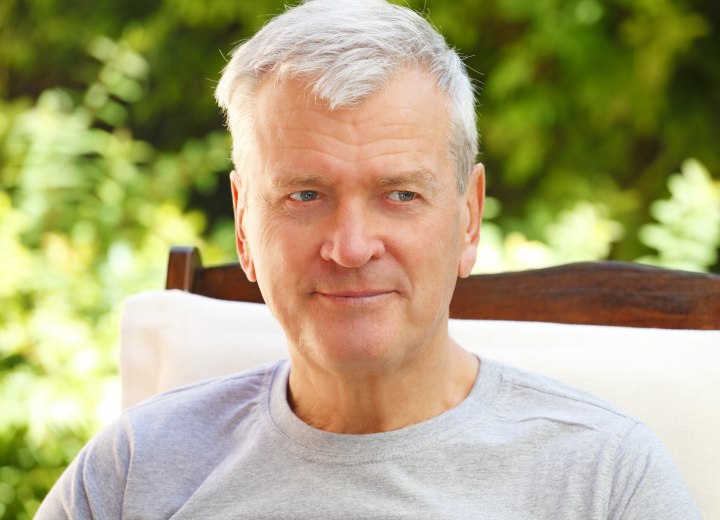White Hair with a Yellow Tinge

A: The yellowing of white or gray hair is a fairly common concern, and you're definitely not alone in experiencing this frustrating change. There are several potential culprits behind this unwanted yellow cast, and understanding the cause can help you choose the most effective solution.
The products you use might also play a role. Certain styling products, oils, and even some medications can leave residues that accumulate over time, creating a yellowish buildup. Additionally, as we age, our hair naturally becomes more porous, making it more susceptible to absorbing these discoloring substances from our environment.
The good news is that this yellowing is typically reversible with the right approach. I'd recommend starting with a two-pronged strategy that addresses both the removal of existing buildup and the prevention of future discoloration.
First, incorporate a clarifying shampoo into your routine once or twice a week. These specialized shampoos are formulated to strip away product buildup, mineral deposits, and other residues that regular shampoos might leave behind. Think of it as a deep-cleaning treatment for your hair. When using a clarifying shampoo, be sure to follow up with a good conditioner, as these products can be somewhat drying.
Second, consider using a purple or blue-toned shampoo designed specifically for gray and white hair. Products like Clairol's Shimmer Lights or similar brands contain color-correcting pigments that work on the principle of color theory. Yellow and purple are opposite colors on the color wheel, so the purple pigments in these shampoos neutralize the yellow tones in your hair, leaving it looking brighter and more silver-white.
You don't need to use the purple shampoo every day, as it can be quite potent. Start by using it once or twice a week, alternating with your regular shampoo, and adjust the frequency based on your results. Some people find they need it more often, while others can maintain their desired color with less frequent use.
If hard water is a significant issue in your area, you might also consider installing a water softener or shower filter. This can prevent future mineral buildup and make your hair care products more effective overall.
©Hairfinder.com
See also:
Hair problems caused by hard water
How medications can affect our hair
What can I use to remove the yellow from my gray hair?